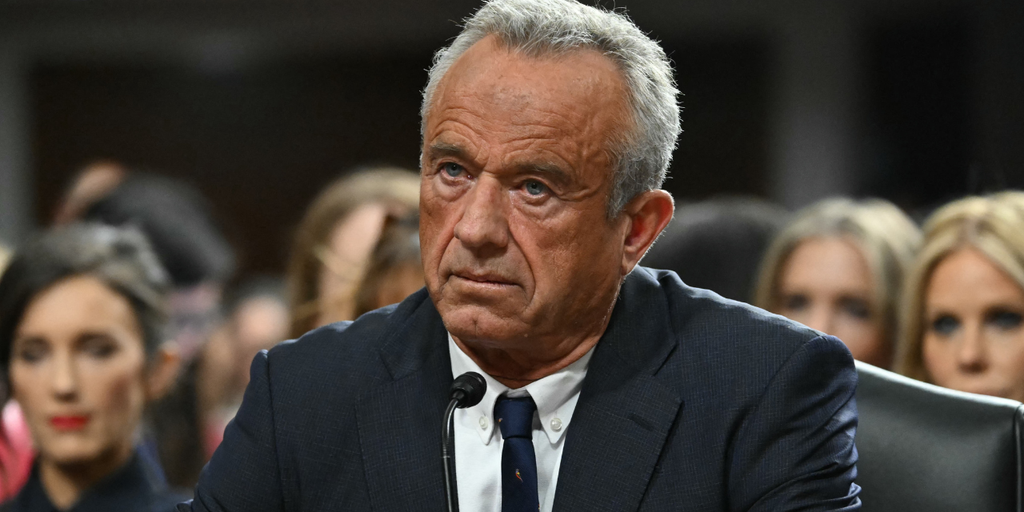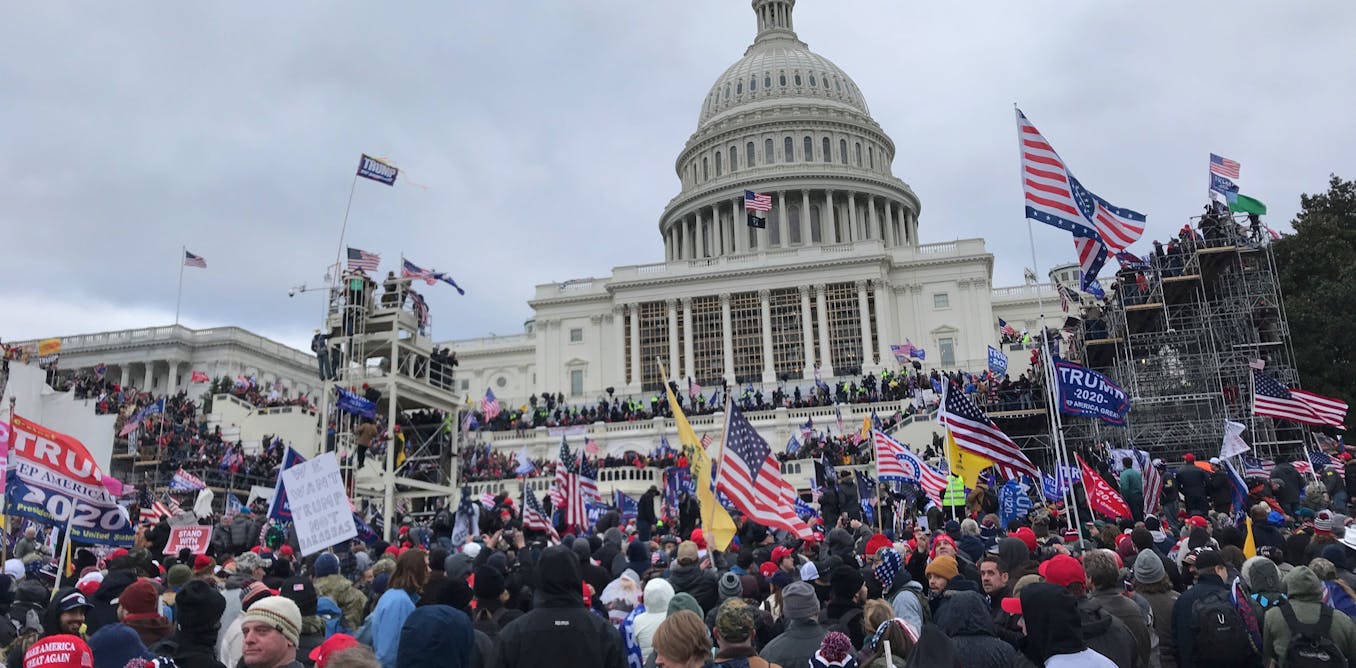Race, Redistricting, and Justice: Supreme Court Confronts Louisiana's Electoral Battleground
Politics
2025-03-24 13:56:35Content

The Supreme Court is set to dive into a pivotal voting rights case today, examining Louisiana's congressional map and its potential implications for racial representation. In a significant shift, the state's latest redistricting has created two congressional districts with majority Black populations, doubling the previous representation from one to two districts that can now elect Black Democratic representatives.
This landmark case promises to shed light on the complex intersection of racial demographics, political representation, and electoral fairness. The justices will carefully scrutinize the map's design and its potential impact on minority voting power, marking a critical moment in the ongoing dialogue about equitable political representation in the United States.
The expanded Black representation in Louisiana's congressional delegation represents more than just a numerical change—it symbolizes a potential breakthrough in ensuring that diverse communities have meaningful opportunities to elect candidates who reflect their interests and experiences.
Supreme Court Confronts Louisiana's Electoral Landscape: A Pivotal Moment in Racial Representation
In the intricate tapestry of American democracy, electoral maps represent more than mere geographical boundaries—they are powerful instruments that can either amplify or suppress the voices of marginalized communities. The Supreme Court's current deliberation on Louisiana's congressional district configuration embodies this complex narrative of representation, power, and systemic equity.Challenging the Status Quo: When Electoral Boundaries Become Battlegrounds
The Historical Context of Racial Representation
The Supreme Court's examination of Louisiana's congressional map represents a profound moment in the ongoing struggle for meaningful political representation. Historically, electoral districts have been strategic tools used to dilute minority voting power, a practice known as gerrymandering. Louisiana's current map, which now includes two majority Black districts—an increase from a single district—signals a potential shift in this longstanding pattern of systemic marginalization. The significance of this case extends far beyond Louisiana's borders. It serves as a critical test of the Voting Rights Act's enduring promise, challenging whether electoral systems genuinely reflect the demographic diversity of their constituencies. By scrutinizing how congressional districts are drawn, the Supreme Court has the opportunity to reaffirm or potentially reshape the principles of fair political representation.Legal and Constitutional Implications
The Supreme Court's deliberations touch upon fundamental constitutional questions regarding racial equity in electoral processes. Each district's configuration represents a delicate balance between geographic representation and ensuring meaningful political participation for historically underrepresented communities. Legal experts argue that the case could establish precedent-setting guidelines for how states construct congressional maps. The nuanced examination involves assessing whether the current district boundaries genuinely provide Black voters with a substantive opportunity to elect representatives who reflect their community's interests and perspectives.Demographic Dynamics and Political Representation
Louisiana's evolving electoral landscape reflects broader national trends of demographic transformation. The increase from one to two majority Black districts suggests a recognition of the state's changing population dynamics and the imperative of proportional political representation. This judicial review goes beyond mere numerical representation. It explores the qualitative aspects of political engagement, questioning whether electoral structures genuinely empower communities or merely create the illusion of inclusivity. The Supreme Court's decision could potentially recalibrate how states approach district mapping, emphasizing substantive representation over procedural compliance.Broader Societal Implications
The case transcends legal technicalities, touching upon deeper societal questions of equity, power distribution, and democratic participation. It challenges long-established patterns of electoral marginalization and demands a more nuanced understanding of representation that acknowledges historical inequities. By critically examining Louisiana's congressional map, the Supreme Court confronts systemic barriers that have historically limited minority political engagement. The outcome could potentially reshape electoral strategies nationwide, signaling a more inclusive approach to democratic participation.Potential Nationwide Impact
While focused on Louisiana, this case carries significant implications for electoral processes across the United States. It represents a critical moment in the ongoing dialogue about fair representation, challenging states to develop more equitable district configurations that genuinely reflect their diverse populations. The Supreme Court's deliberation symbolizes a broader national reckoning with systemic inequities, offering a potential pathway toward more representative and inclusive democratic institutions. Its decision will likely reverberate through electoral strategies, legal frameworks, and political discourse for years to come.RELATED NEWS
Politics

Trade Tensions Escalate: White House Blasts Amazon's Tariff Pricing as 'Political Warfare'
2025-04-29 13:39:43
Politics

Musk Mysteries: What Burning Questions Do You Have About Tech's Most Controversial Titan?
2025-02-21 21:29:09
Politics

Breaking: GOP's Fiscal Masterstroke - How Conservatives Are Slashing Billions from Federal Spending
2025-03-27 20:02:52





